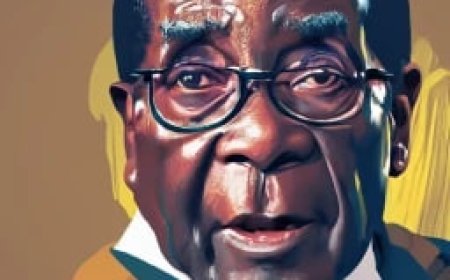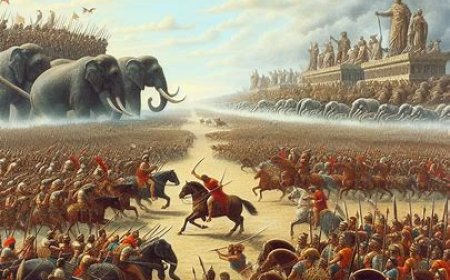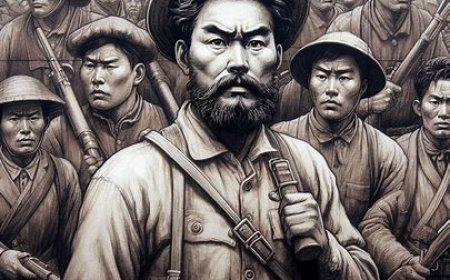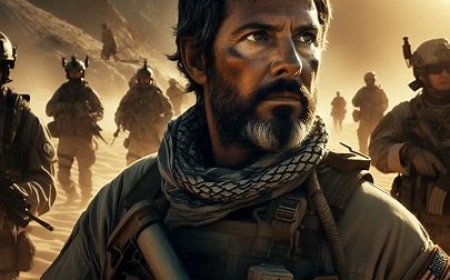Zero Dark Thirty: The Dark Hunt for Bin Laden
After bin Laden's killing, the film shows Maya, who played a central role in the manhunt, sitting alone on a military plane returning home. Despite achieving her goal, the final scene depicts Maya in contemplation, reflecting the emotional and moral burdens she may have experienced during this lengthy journey. Thus, the film concludes its narrative with a complex sense of military victory and the personal and moral consequences that may arise during the hunt for bin Laden.
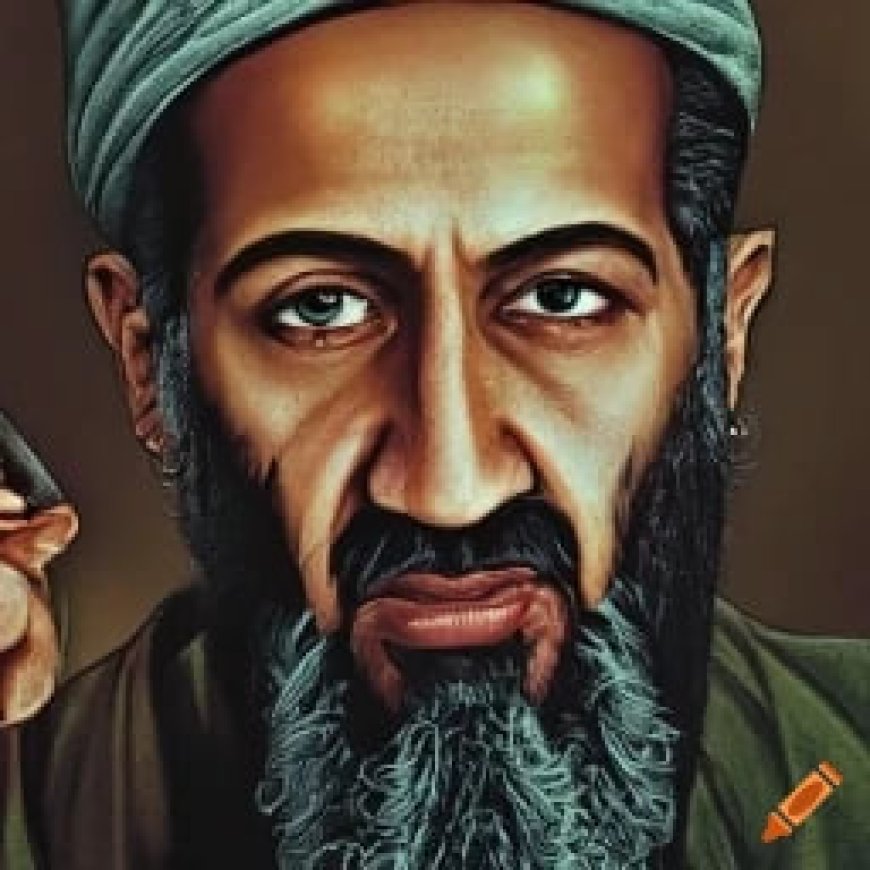
"Zero Dark Thirty" is a drama-thriller film directed by Kathryn Bigelow. The story revolves around the hunt for the leader of al-Qaeda, Osama bin Laden, following the September 11, 2001 attacks in the United States. The main focus is on a dedicated CIA analyst, Maya, who leads an intelligence team trying to track down bin Laden. Throughout her journey, Maya faces complex moral and political challenges, including controversial interrogation methods and intelligence uncertainties. The film depicts the extraordinary efforts and intensity of a covert operation that culminates in the capture and killing of bin Laden in the Abbottabad complex, Pakistan, in 2011. "Zero Dark Thirty" received praise for its realistic portrayal of the intelligence world and was acclaimed as a powerful and controversial work exploring the moral complexities behind anti-terrorism operations. Jessica Chastain, who portrayed the main character Maya, received much acclaim for her captivating and profound performance.
Here is the main chronological sequence of the film "Zero Dark Thirty":
1. September 11, 2001: The terrorist attacks in the United States by al-Qaeda completely alter the global security landscape.
2. 2003: The story begins with Maya (Jessica Chastain), a new CIA analyst assigned to work in Pakistan. She joins an intelligence team led by Dan (Jason Clarke) and begins searching for information about the whereabouts of Osama bin Laden.
3. 2004-2009: The intelligence team works hard and faces moral and political challenges, including the use of controversial interrogation methods. Their efforts to track down bin Laden often experience failures or difficulties.
4. 2009: The intelligence team receives key clues that ultimately lead them close to bin Laden's location in Abbottabad, Pakistan.
5. 2010: Intelligence operations become more intense, with Maya becoming increasingly confident that they are approaching their primary target. However, intelligence certainty remains a challenge.
6. May 2, 2011: Operation Neptune Spear is carried out by the U.S. Navy SEAL Team Six in bin Laden's residential complex in Abbottabad. Bin Laden is successfully located and shot dead, ending the lengthy manhunt.
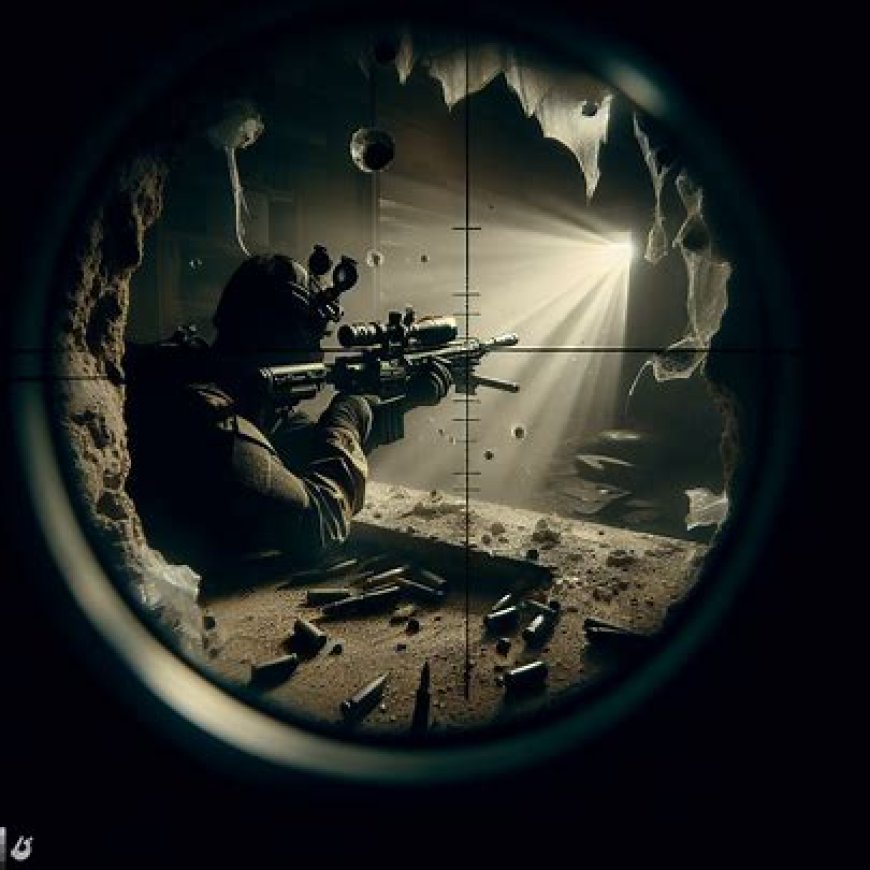
Illustration of Zero Dark Thirty (source: bing.com AI)
The film portrays a long and pressure-filled journey, highlighting the challenges and conflicts involved in tracking down and capturing one of the world's most wanted terrorists. While some aspects of the story may have been dramatized for narrative purposes, "Zero Dark Thirty" provides a strong depiction of the efforts and sacrifices required in such covert operations.
In "Zero Dark Thirty," several geopolitical and global security issues are discussed. Some of them include:
1. September 11, 2001 Attacks: The film begins with the terrorist attacks on September 11, 2001, which served as the primary catalyst for the United States to initiate the international war on terrorism, with a specific focus on al-Qaeda.
2. Covert Operations and Intelligence: "Zero Dark Thirty" provides in-depth insights into the world of intelligence and covert operations conducted by CIA agents to track down and capture Osama bin Laden. Moral and ethical challenges surrounding the use of controversial interrogation methods are also a focal point.
3. U.S.-Pakistan Relations: The film reflects the tension and complexity in the relationship between the United States and Pakistan, particularly regarding the handling of information and secrecy related to bin Laden's presence in Abbottabad.
4. War on Terrorism: "Zero Dark Thirty" reflects the long struggle of the United States in the war against terrorism and the extent to which actions such as the invasions of Iraq and Afghanistan can be justified.
5. Political and Diplomatic Considerations: The film touches on political and diplomatic aspects involving efforts to track down and capture bin Laden, including the strained relations between the CIA and various government agencies.
The film not only showcases the tactical and operational aspects of the hunt for bin Laden but also illustrates the geopolitical tensions and global policy consequences involving the United States and other countries in the fight against terrorism.
After bin Laden's killing, the film shows Maya, who played a central role in the manhunt, sitting alone on a military plane returning home. Despite achieving her goal, the final scene depicts Maya in contemplation, reflecting the emotional and moral burdens she may have experienced during this lengthy journey. Thus, the film concludes its narrative with a complex sense of military victory and the personal and moral consequences that may arise during the hunt for bin Laden.
(source: chatgpt)
What's Your Reaction?













